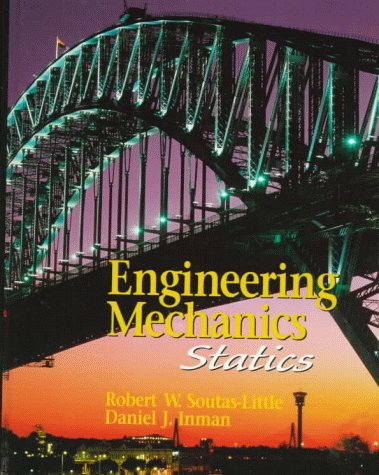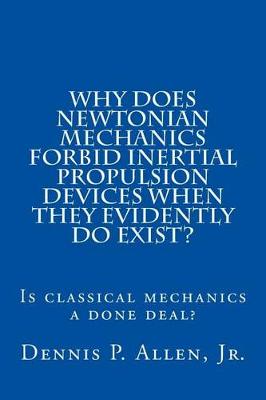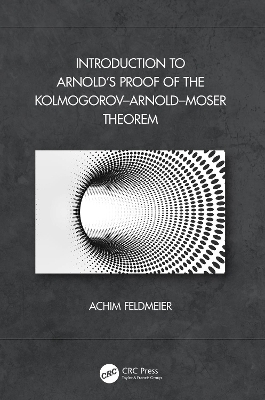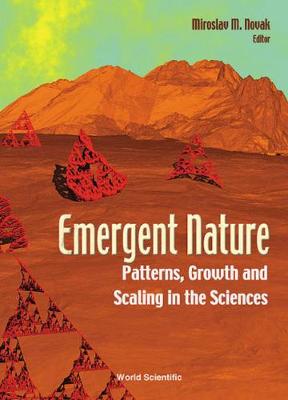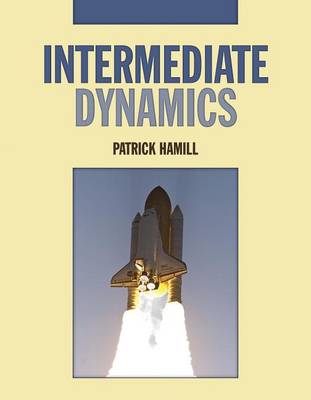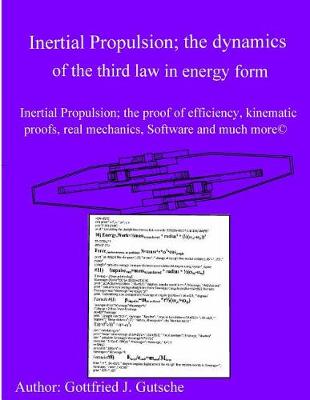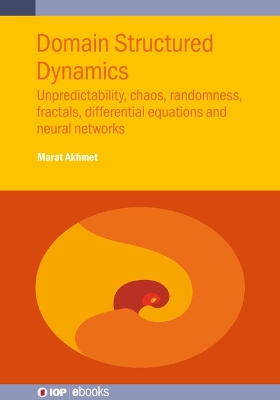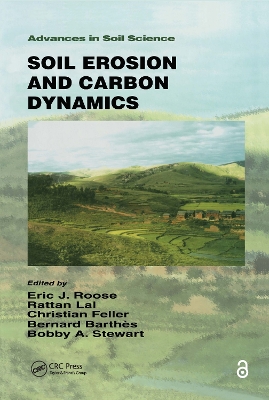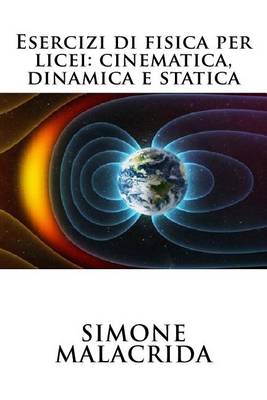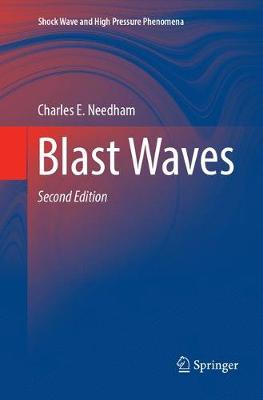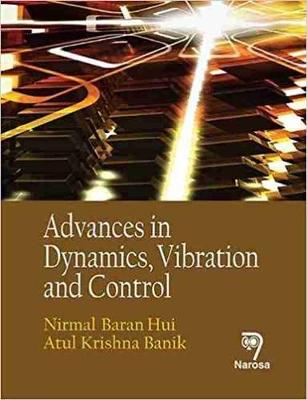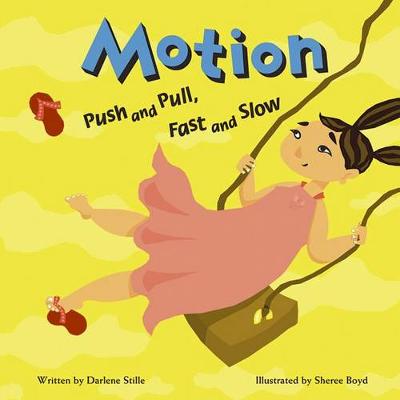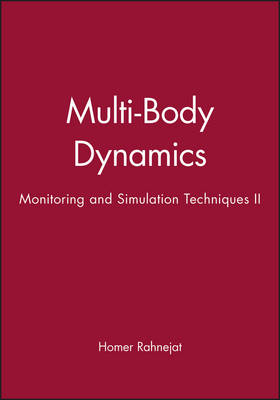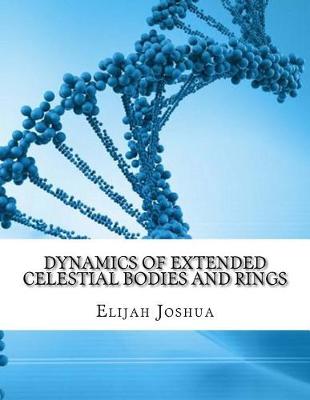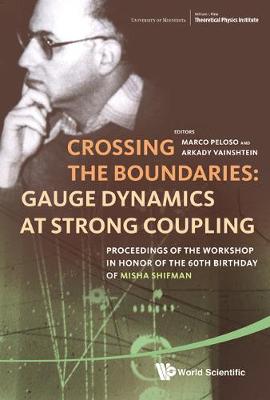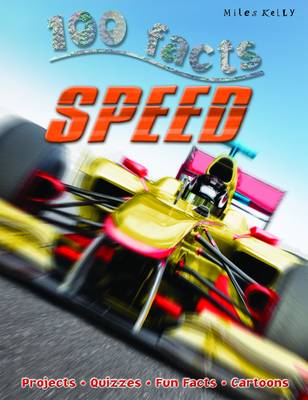Zeitschrift Für Angewandte Mathematik Und Mechanik. Volume 65, Number 12
Focusing on the conceptual understanding of mechanics, this exciting new text addresses new developments in the methods of analyzing mechanics problems. It fully incorporates the highly sophisticated computational software packages currently available to students. Emphasizing the use of vector mechanics and vector mathematics in its treatment of statics, the book provides transition material to higher level courses, and provides a wealth of problems to foster understanding. All sample problems a...
Why Does Newtonian Mechanics Forbid Inertial Propulsion Devices When They Evidently Do Exist?
by Dennis P Allen Jr
Introduction to Arnold’s Proof of the Kolmogorov–Arnold–Moser Theorem
by Achim Feldmeier
INTRODUCTION TO ARNOLD’S PROOF OF THE KOLMOGOROV–ARNOLD–MOSER THEOREM This book provides an accessible step-by-step account of Arnold’s classical proof of the Kolmogorov–Arnold–Moser (KAM) Theorem. It begins with a general background of the theorem, proves the famous Liouville–Arnold theorem for integrable systems and introduces Kneser’s tori in four-dimensional phase space. It then introduces and discusses the ideas and techniques used in Arnold’s proof, before the second half of the boo...
Emergent Nature: Patterns, Growth And Scaling In The Sciences
This book, based on presentations made at the international conference Fractals 2002, is of interest to everyone in the general field of nonlinear dynamics. The abundance of papers from numerous disciplines makes it exciting reading and provides a unifying thread through the topics, such as ray tracing, structure of peptides, modeling fractal surfaces, cancer growth, macaque monkey cortical neurons, occurrence of earthquakes, and patterns of the World Wide Web.
Ideal for the two-semester, undergraduate Classical Mechanics course, Intermediate Dynamics provides an active-learning, student-friendly approach to this challenging level of physics. The text begins with an optional review of introductory concepts typically covered in prerequisite courses and moves on to the topics traditionally covered in courses in intermediate mechanics. It includes historical sketches of important contributors to the field and provides footnotes to recent articles that c...
Photoinduced Phase Transitions
A new class of insulating solids was recently discovered. When irradiated by a few visible photons, these solids give rise to a macroscopic excited domain that has new structural and electronic orders quite different from the starting ground state. This occurrence is called “photoinduced phase transition”, and this multi-authored book reviews recent theoretical and experimental studies of this new phenomenon.Why and how do photoexcited few electrons finally result in an excited domain with a mac...
Inertial Propulsion; the dynamics of the third law in energy form
by Gottfried J Gutsche
Soil Erosion and Carbon Dynamics (Advances in Soil Science)
The most complete, nonpartisan source of information on this hot agronomic topic available today, this book brings together a diverse group of papers and data to resolve the debate between sedimentologists and soil scientists and agronomists over whether the effects of soil erosion on carbon and atmospheric CO2 is beneficial or destructive. Divided into four sections, it offers data on how soil erosion affects soil, water, and air quality. Topics include mineralization rate, inundation, sediment...
This book examines blast waves-their methods of generation, their propagation in several dimensions through the real atmosphere and layered gases, and their interactions with simple structures-thereby providing a broad overview of the field. The intended audience has a basic knowledge of algebra and a good grasp of the concepts of conservation of mass and energy. The text includes an introduction to blast wave terminology and conservation laws, and there is a discussion of units and the importan...
Advances in Dynamics, Vibration and Control
by Nirmal Baran Hui and Atul Krishna Banik
Discusses papers classified under eight broad areas: bridges/soil structure vibration, vibration under seismic/blast loading, structural system modeling and responses, dynamics in biology, economy and others, tribology, control theory and applications, dynamics and control of multibody systems, composites, MEMS and NEMS and mechanical vibration and control. This book covers most of the directions in dynamics, vibration and control, promoting wide interactions among different academic disciplines...
Leading developments in analysis and testing Multi-Body Dynamics: Monitoring and Simulation Techniques II provides a comprehensive update on the latest developments in the field. Presented at the 2nd International Symposium of Multi-Body Dynamics, this book details the newest work surrounding monitoring and simulation from leading researchers in industry and academia. Applicable to a wide variety of applications, the ideas and techniques presented here provide useful insight for anyone working i...
Auditory-Tactile Interaction in Virtual Environments (Berichte aus der Akustik)
by M. Ercan Altinsoy
This volume contains the proceedings of the workshop “Crossing the Boundaries: Gauge Dynamics at Strong Coupling”, hosted by the William I. Fine Theoretical Physics Institute at the University of Minnesota, May 14 - 17, 2009. The workshop honored the 60th birthday of Professor Misha Shifman and his outstanding achievements in the field of gauge dynamics. The meeting attracted a fascinating group of researchers working on the cutting edge of dynamics of gauge theories, including supersymmetric an...
1995 i e e e International Conference on Plasma Sciences
100 Facts Speed is bursting with exactly 100 fantastic facts, incredible images and fun activities to help children learn everything they need to know about the fastest things on the planet. 100 Facts Speed covers key topics about high-speed machines, animals and people in easily-digestible, numbered facts. Every page features amazing illustrations and photographs that clarify difficult points for children. Essential topics covered in 100 Facts Speed: - Units of measure, the concept of relativit...

